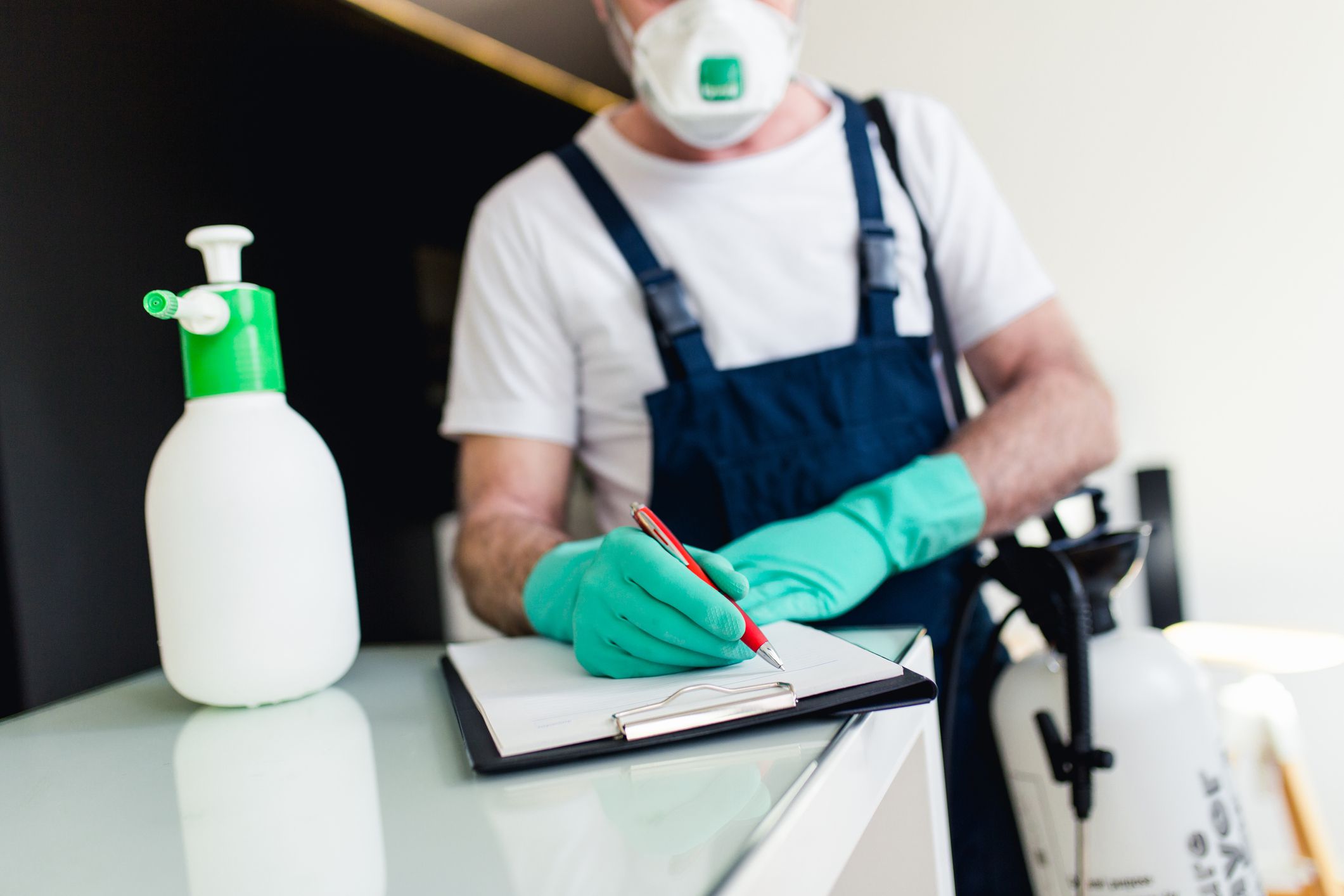
Pests are beneficial to our environment as they help decompose the living organisms. However, some are quite destructive to crops, and at home too. Damages caused by these pests include; destroying plants, causing disease to livestock and domestic animals, destroying household items like furniture, clothes and damages to foodstuff. Effective pest control makes it easy to control the damages that arise as a result of pest infestations. Human beings respond differently to the impact of these pests in our environment. You may decide to tolerate, deter, or completely eradicate them from your environment.
The following are the different ways of controlling pests.
Physical Controls
There are varied ways in which physical pest control helps manage the damaging effects of pests on crops, livestock, and at your home. The primary purpose of physical restraint is limiting pests’ access to crops or livestock, creating changes in their behavior, or eliminating them.
Inducing stress or applying mechanical shock on pests will cause the parasite to consequently change their behavior by deterring them from accessing the commodities or killing them. Any method used to control pests physically depends on the response you desire to have on them. Passive methods of controlling best have a long-lasting impact but are usually labor-intensive. The use of pest entrapment requires regular removal or maintenance of the traps like the use of physical barriers. Rats and traps are quite effective in controlling rodents. Ultraviolet light will attract and electrically kill flies.
Insect Baits
Controlling pests through poisoned baits is the most effective method of controlling pests at home, and Responsible Pest Control helps eliminate pests. Insect baits are a combination of an attractive food substance and an insecticide. When the insects feed on the baits, they will die instantly, or the growth inhibitor that is laced with the baits inhibits the pest’s growth and development. By inhibiting the growth of pests, they eventually won’t reproduce, causing the pests to disappear with time. The use of insect baits is common in the control of pests that live in nests or colonies such as mice, ants. Baits have moderate toxic levels that slowly but eventually eliminates the ants. For flies, they inhibit the productions and development of eggs, thus curtailing their life cycle. Difenacoum is known to be effective against rodents, and the baits stations need to be filled up when it becomes empty.
Fumigation
This involves the use of a gaseous substance that fills the pest’s environment with pesticides; this method aims to suffocate the pests. When applied, it can take 24-72 hours to eradicate the pests. Fumigation, though an expensive and inconvenient way of eliminating pests, it is quite useful. Fumigation is an effective method of removing pests such as termites, bed bugs, and rodents. Methyl bromide and magnesium phosphide are pesticides commonly used in farms.
Sterilization
Sterilization is a biological method of eliminating pests, and it is environmentally friendly since it does not involve the use of chemicals that affect other useful living organisms. It includes releasing numerous sterile insects in the wild. As the female pest’s mate with the sterile males, thus inhibiting the reproduction of new offspring, which eventually reduces or eliminates the next generation’s inhabitants.
Conclusion
Managing pests in your environment can be tedious work, as it can be costly, consumes a lot of time and labor to eradicate. Whichever, the method applied, consider the impact it leaves on the environment. Again, depending on the damage caused, you may decide the best option to use. Keeping your environment clean is an easy method of keeping pests out of your home.
Leave a Reply